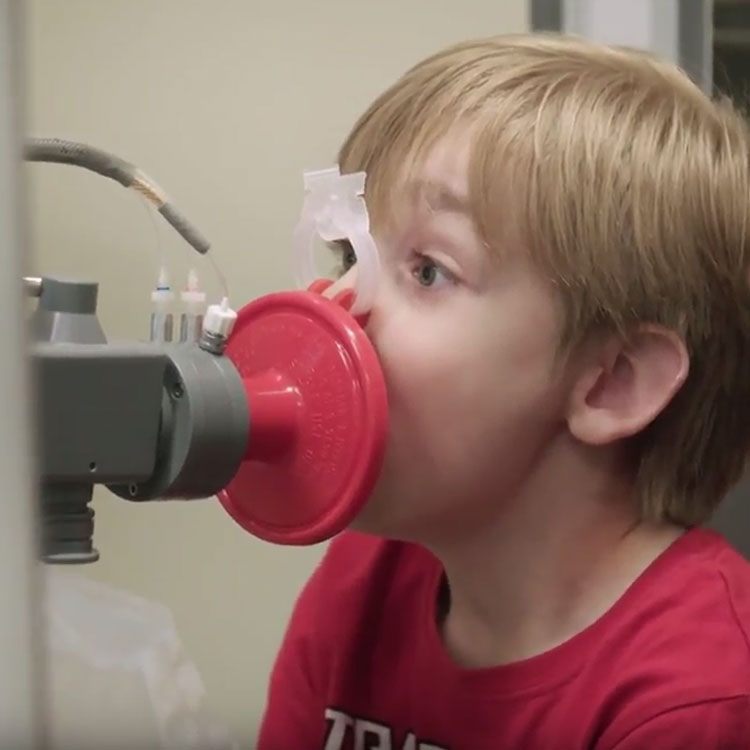Search
Research
LPS binding protein and activation signatures are upregulated during asthma exacerbations in childrenAsthma exacerbations in children are associated with respiratory viral infection and atopy, resulting in systemic immune activation and infiltration of immune cells into the airways. The gene networks driving the immune activation and subsequent migration of immune cells into the airways remains incompletely understood. Cellular and molecular profiling of PBMC was employed on paired samples obtained from atopic asthmatic children during acute virus-associated exacerbations and later during convalescence.

News & Events
Vitamin D deficiency linked to childhood asthmaResearchers at The Kids Research Institute Australia have found children with vitamin D deficiency are more likely to develop asthma.

News & Events
Video: Asthma, how serious is it?Australia has one of the highest burdens of asthma in the world. In this video, two Perth families share their story of raising children with the respiratory co
News & Events
Asthma steroid without side effectsWestern Australia has joined a major international study that could significantly change the treatment of asthma in children.
Research
The mechanism or mechanisms driving atopic asthma initiation: The infant respiratory microbiome moves to center stageAlthough debate surrounding the mechanism or mechanisms governing this causal pathway remains intense, demonstration of the capacity of pretreatment...
Research
Meta-analysis identifies seven susceptibility loci involved in the atopic marchEczema often precedes the development of asthma in a disease course called the 'atopic march'.
Research
Global allergy forum and second davos declaration 2013 allergy: Barriers to cure - Challenges and actions to be takenThe epidemic increase in the prevalence of allergic disease, which first started in the industrialized countries in the 1960s, may have reached a peak in the...
Research
The safety and feasibility of the inhaled mannitol challenge test in young childrenMannitol challenge tests are used clinically to diagnose asthma and, in particular, exercise-induced broncoconstriction (EIB) in adults and children above 6...
Research
Vitamin D deficiency and the lung: Disease initiator or disease modifier?Vitamin D deficiency is a global public health problem and has been associated with an increased incidence and severity of many diseases including diseases...
Research
DNA Methylation Profiles of Airway Epithelial Cells and PBMCs from Healthy, Atopic and Asthmatic ChildrenAllergic inflammation is commonly observed in a number of conditions that are associated with atopy including asthma, eczema and rhinitis.
